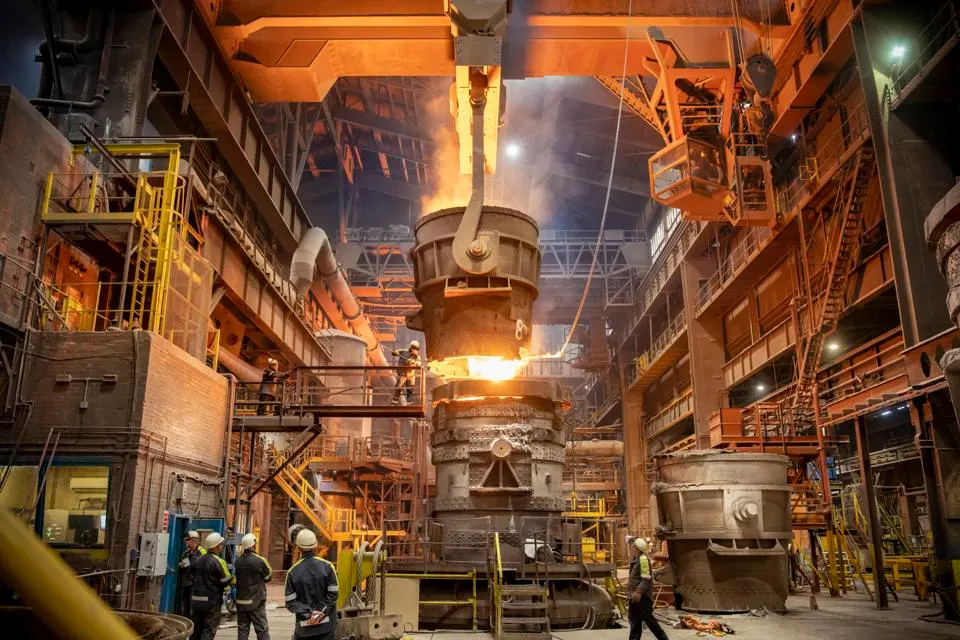The metal reclamation industry plays a vital role in conserving natural resources, reducing landfill waste, and mitigating the environmental impacts of mining and processing primary metals. As the global demand for metals continues to rise, it is essential to adopt sustainable practices in metal reclamation to minimize its ecological footprint.
Optimizing Copper Recycling
Copper is one of the most widely recycled metals, and its reclamation is crucial for reducing the environmental impacts of primary copper production. The copper recycling involves the collection, sorting, and processing of copper-containing materials, such as wires, pipes, and electronic components. To enhance the efficiency of copper recycling, metal reclamation facilities can implement advanced sorting technologies, such as X-ray fluorescence and optical sorting, to improve the purity of recycled copper.
Implementing these technologies can increase the recovery rate of copper and reduce the energy required for processing. Additionally, metal reclamation facilities can adopt sustainable practices, such as reducing water consumption and implementing energy-efficient equipment, to minimize their environmental impact.
Reducing Energy Consumption
Energy consumption is a significant contributor to the environmental impact of metal reclamation. To reduce energy consumption, metal reclamation facilities can implement energy-efficient technologies, such as induction furnaces and electric arc furnaces, which require less energy than traditional smelting processes. Furthermore, facilities can optimize their production processes to reduce energy waste and implement renewable energy sources, such as solar and wind power, to power their operations.
Effective Commercial Waste Management
Commercial waste management is critical for reducing the environmental impacts of metal reclamation. A commercial waste management involves the proper disposal of hazardous waste, such as heavy metals and chemicals, generated during the metal reclamation process. Metal reclamation facilities can implement effective waste management practices, such as segregation, storage, and disposal of hazardous waste, to minimize their environmental impact. Implementing effective waste management practices can reduce the risk of environmental pollution and protect human health. Additionally, metal reclamation facilities can adopt sustainable practices, such as reducing waste generation and implementing recycling programs, to minimize their environmental footprint.
Implementing Circular Economy Principles
The circular economy is a production and consumption model that aims to reduce waste and the consumption of resources. Metal reclamation facilities can implement circular economy principles by designing products and processes that are restorative and regenerative by design. This can involve designing products that are easy to disassemble and recycle, using recycled materials in production, and implementing closed-loop systems that recycle materials indefinitely. Implementing circular economy principles can reduce waste generation, conserve natural resources, and minimize the environmental impacts of metal reclamation. Additionally, metal reclamation facilities can collaborate with other industries and stakeholders to develop closed-loop systems that promote the recycling and reuse of materials.
Conclusion
In conclusion, adopting sustainable practices in metal reclamation is crucial for reducing its environmental impact and conserving natural resources. By optimizing copper recycling, reducing energy consumption, implementing effective commercial waste management, and adopting circular economy principles, metal reclamation facilities can minimize their ecological footprint and promote a more sustainable future. As the demand for metals continues to rise, the metal reclamation industry needs to prioritize sustainability and adopt environmentally responsible practices to ensure a greener tomorrow.





